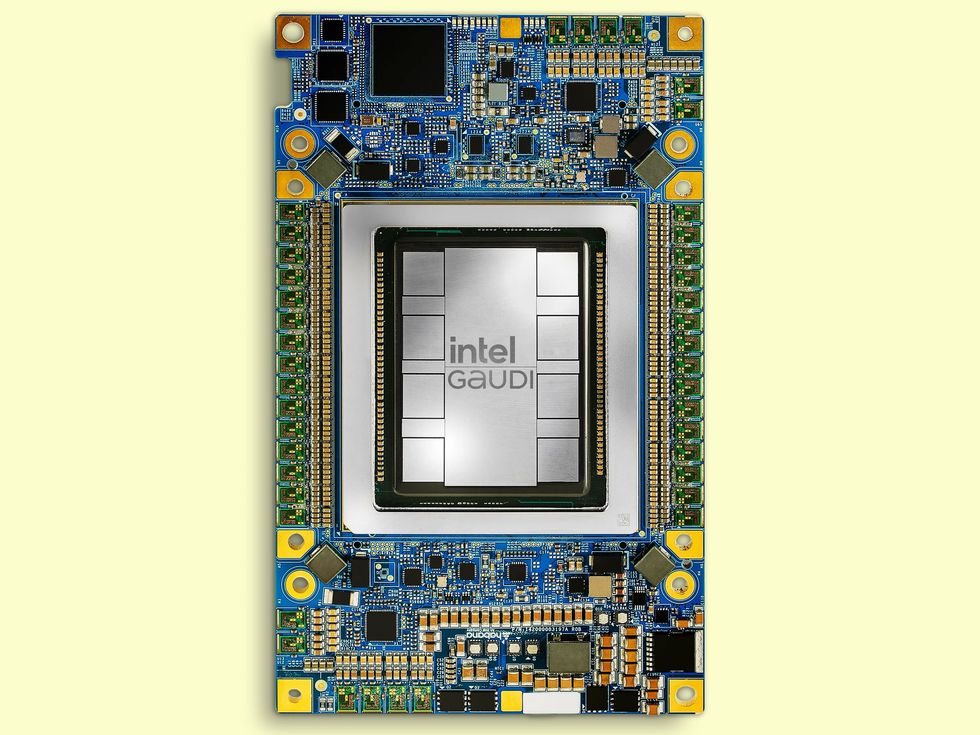A Tohoku University researcher has increased the performance of a high-power electrodeless plasma thruster, moving us one step closer to deeper explorations into space.
y, several space missions have successfully been completed using electric propulsion devices, such as gridded ion thrusters and Hall thrusters. Solar power is converted into thrust energy when the propellant becomes ionized, i.e., a plasma, and gets accelerated by electromagnetic fields. Yet, the electrodes necessary for these devices limit their lifetime, since they get exposed to and damaged by the plasma, especially at a high-power level.
To circumvent this, scientists have turned to electrodeless plasma thrusters. One such technology harnesses radio frequency (rf) to generate plasma. An antenna emits radio waves into a cylindrical chamber to create plasma, where a magnetic nozzle channels and accelerates the plasma to generate thrust. MN rf plasma thrusters, or helicon thrusters as they are sometimes known, offer simplicity, operational flexibility, and a potentially high thrust-to-power ratio.
But the development of MN rf plasma thrusters has been stymied by the conversion efficiency of the rf power to thrust energy. Early experiments generated single-digit conversion rates, but more recent studies have reached a modest outcome of 20%.
In a recent study, Professor Kazunori Takahashi, from Tohoku University’s Department of Electrical Engineering, has achieved a 30% conversion efficiency.
Whilst mature electric propulsion devices often use xenon gas, which is expensive and difficult to supply in sufficient quantities, the current 30% efficiency was obtained with argon propellant. This indicates that a MN rf plasma thruster would reduce the cost and the resource load from the Earth.
Scientific Reports – Thirty percent conversion efficiency from radiofrequency power to thrust energy in a magnetic nozzle plasma thruster by Kazunori Takahashi.

Brian Wang is a Futurist Thought Leader and a popular Science blogger with 1 million readers per month. His blog Nextbigfuture.com is ranked #1 Science News Blog. It covers many disruptive technology and trends including Space, Robotics, Artificial Intelligence, Medicine, Anti-aging Biotechnology, and Nanotechnology.
Known for identifying cutting edge technologies, he is currently a Co-Founder of a startup and fundraiser for high potential early-stage companies. He is the Head of Research for Allocations for deep technology investments and an Angel Investor at Space Angels.
A frequent speaker at corporations, he has been a TEDx speaker, a Singularity University speaker and guest at numerous interviews for radio and podcasts. He is open to public speaking and advising engagements.
Note: This article have been indexed to our site. We do not claim legitimacy, ownership or copyright of any of the content above. To see the article at original source Click Here













